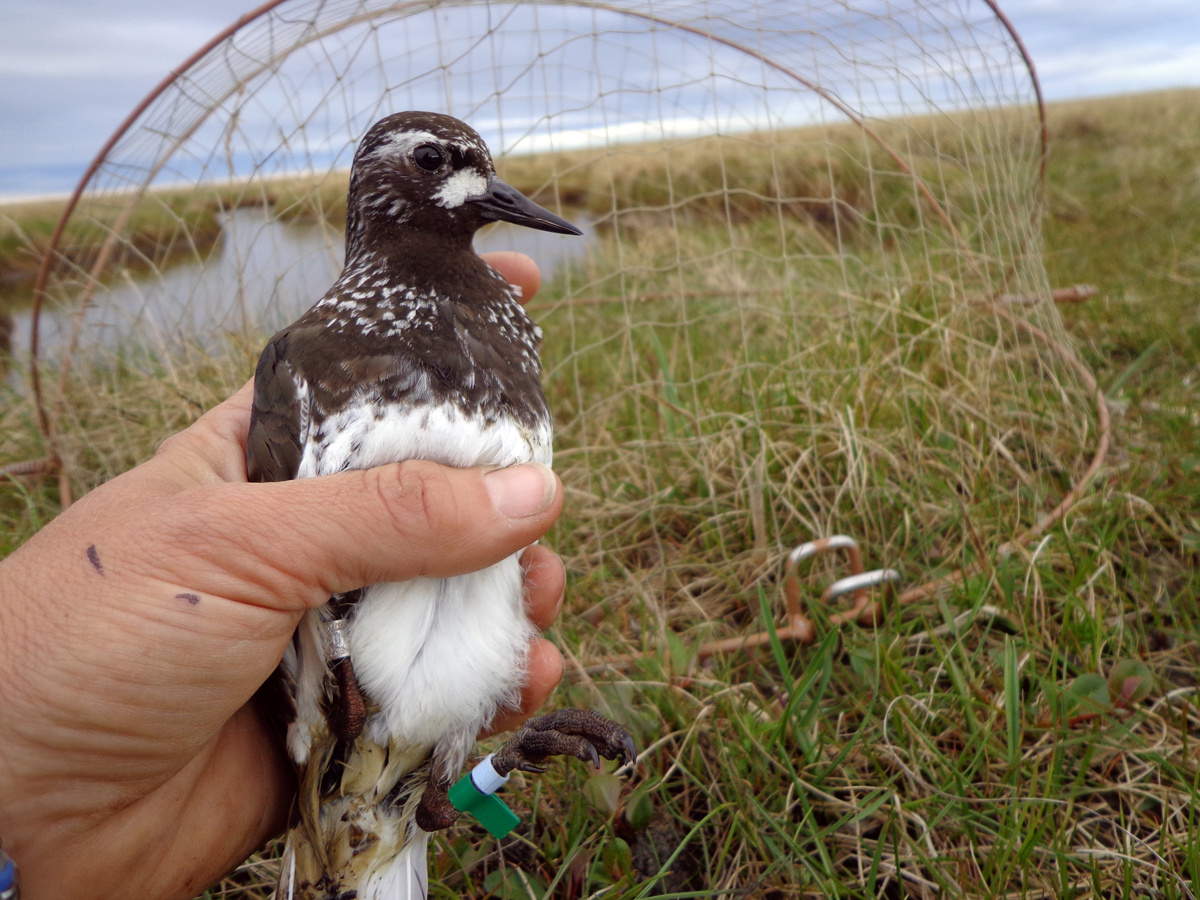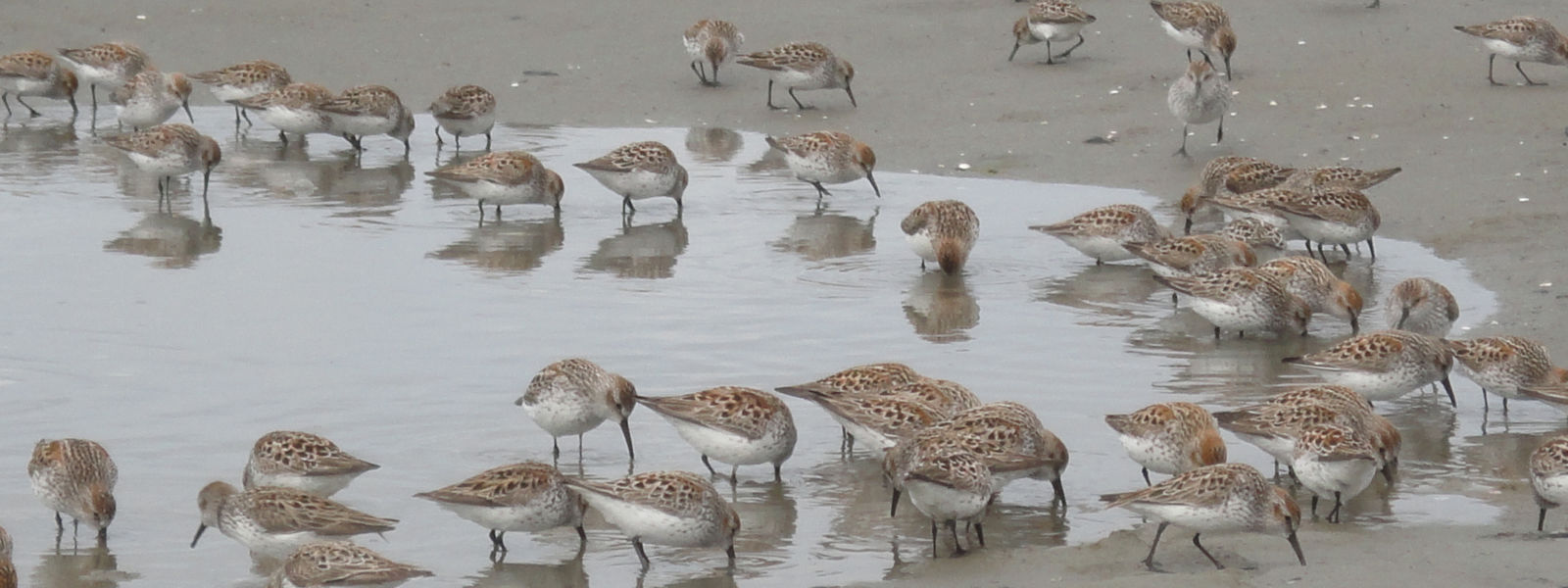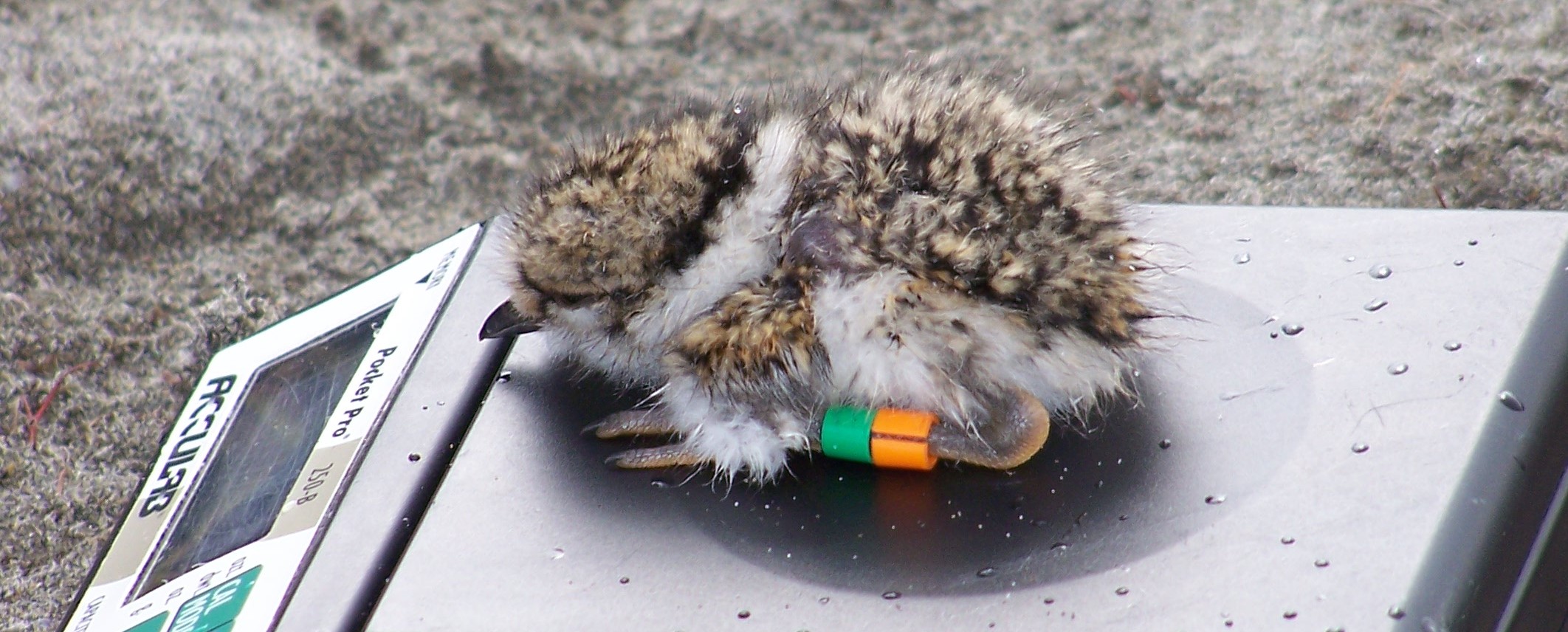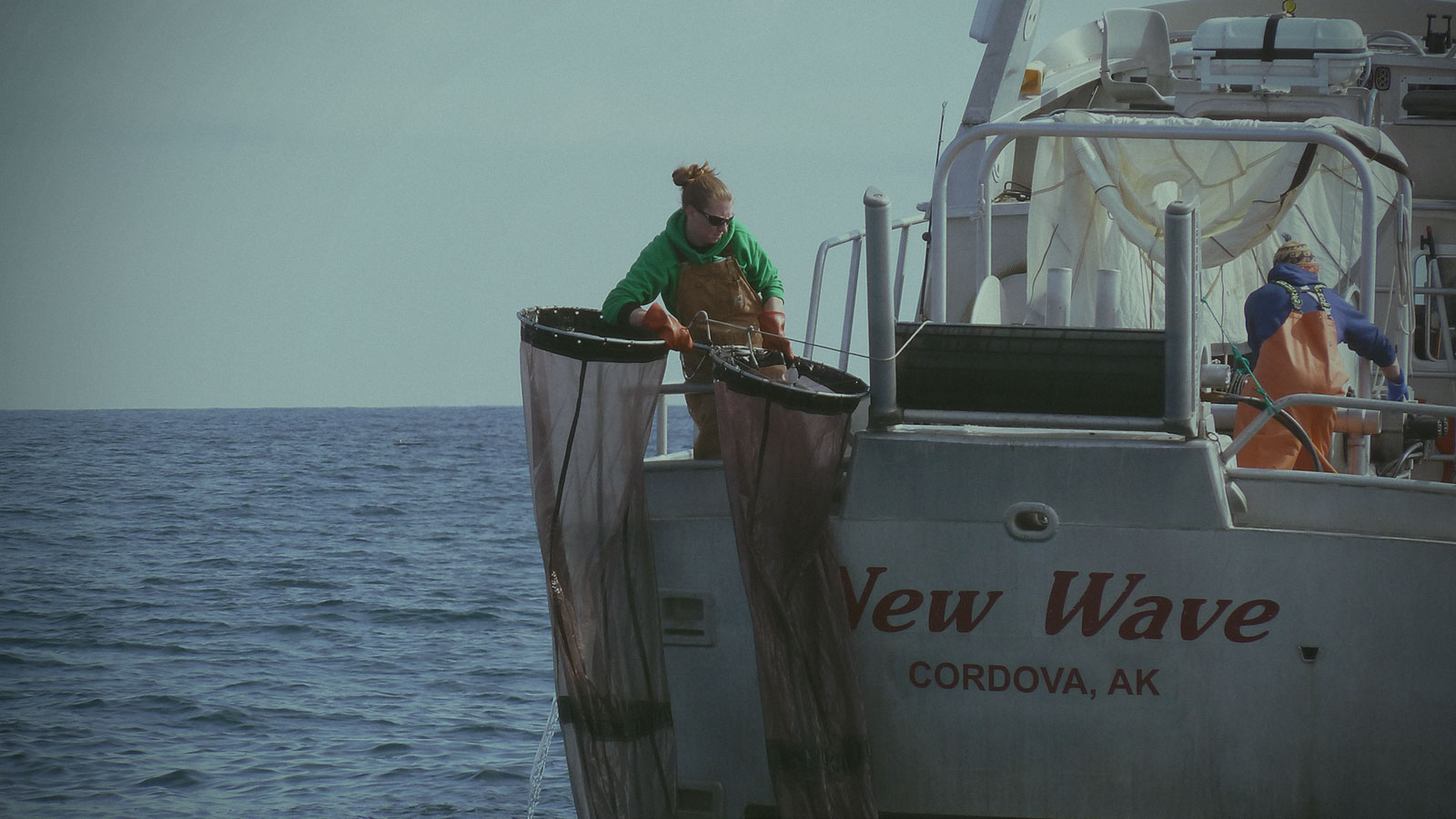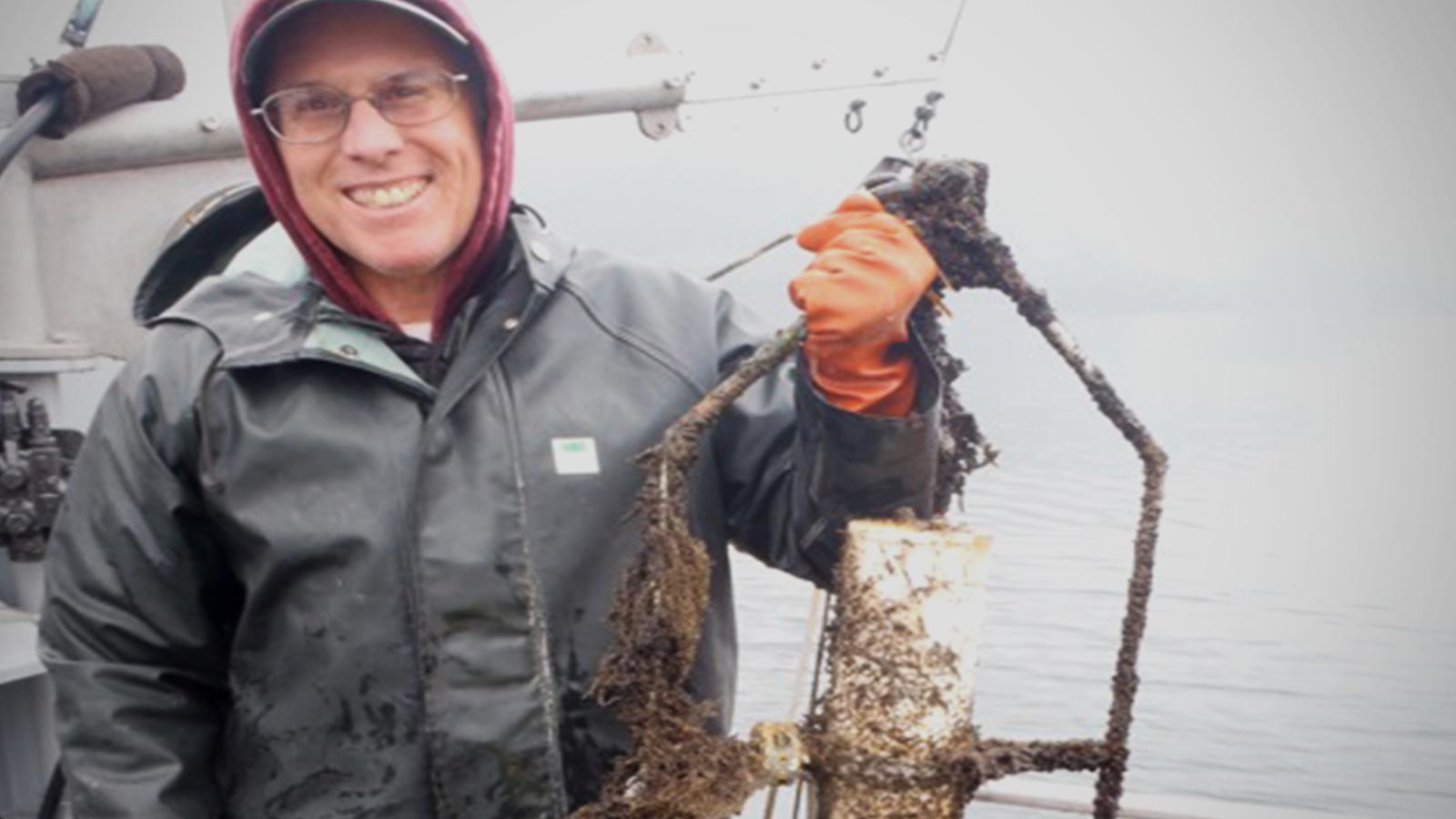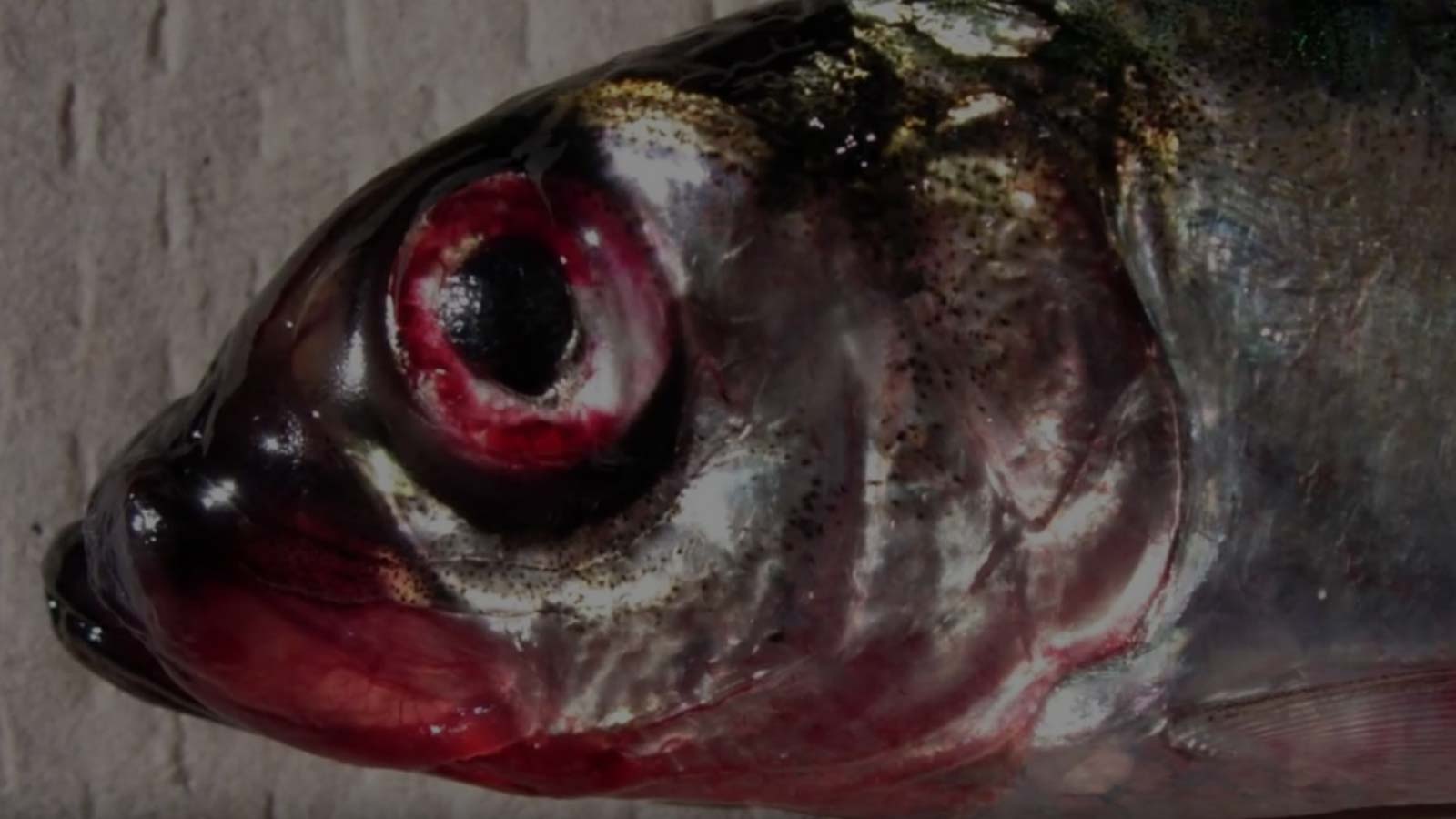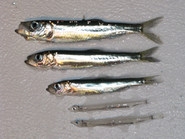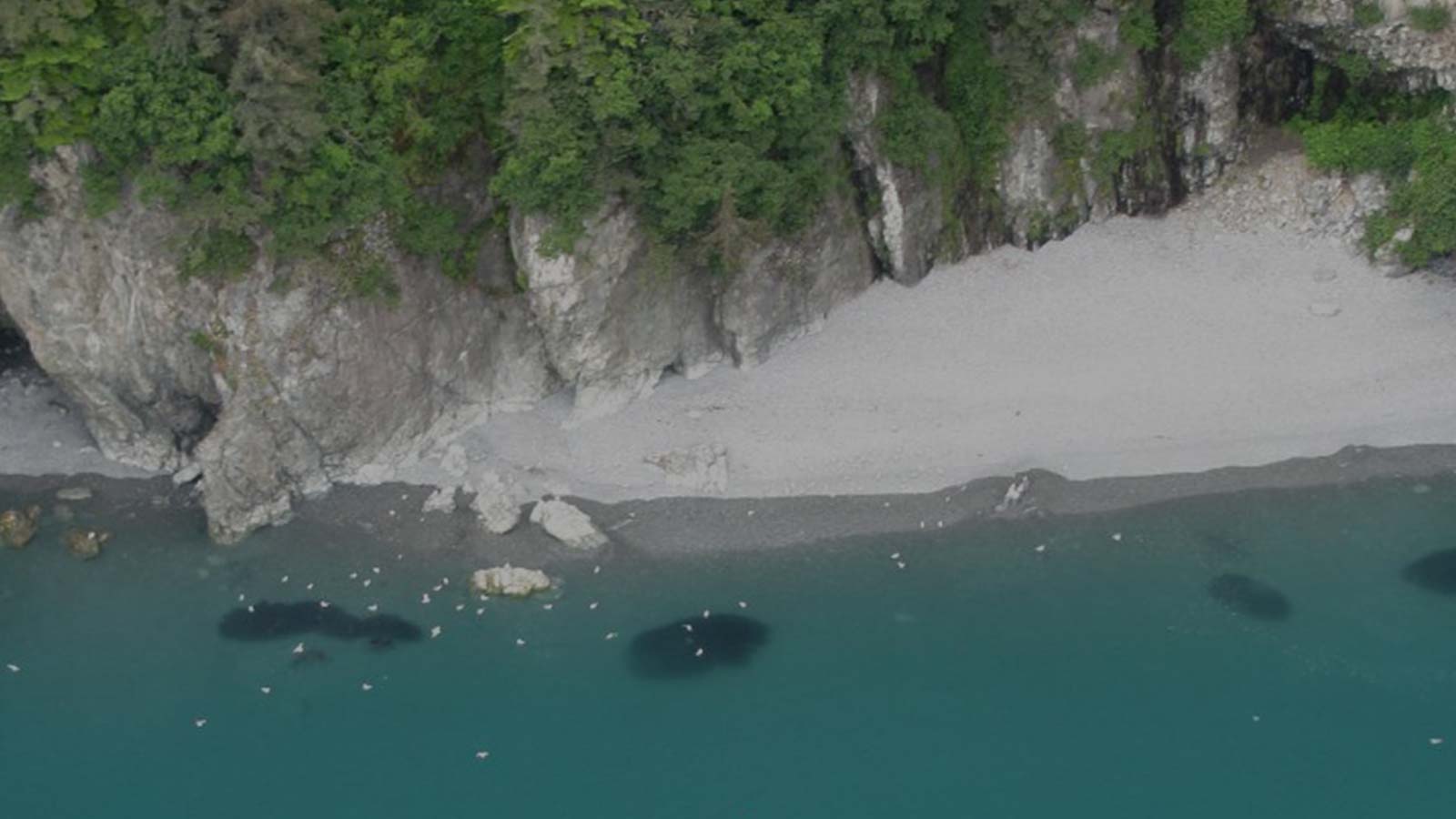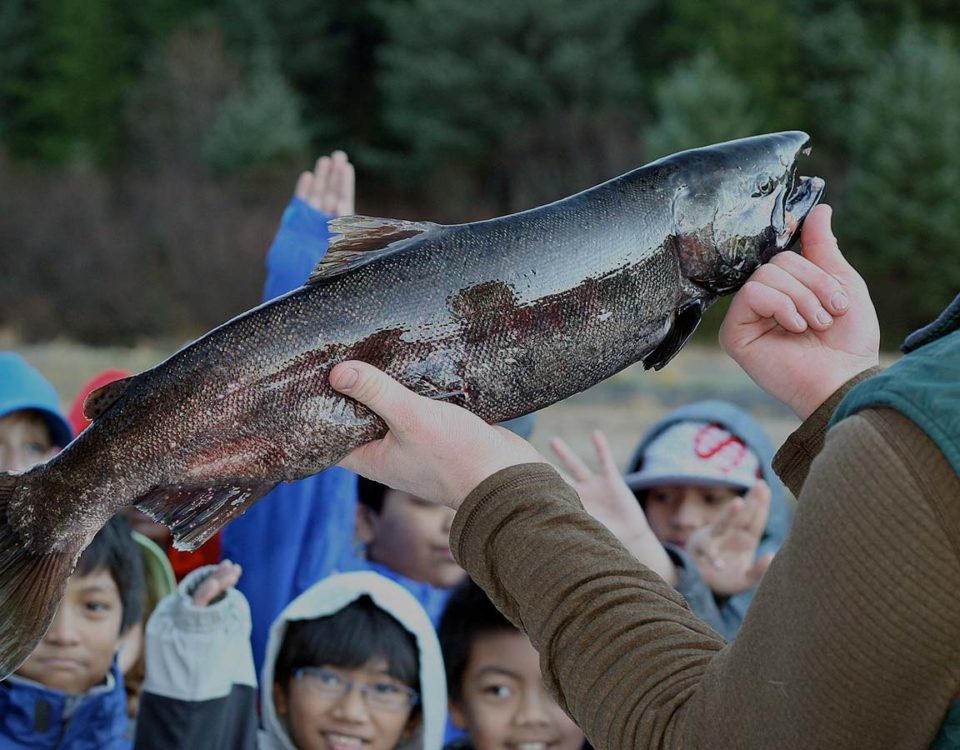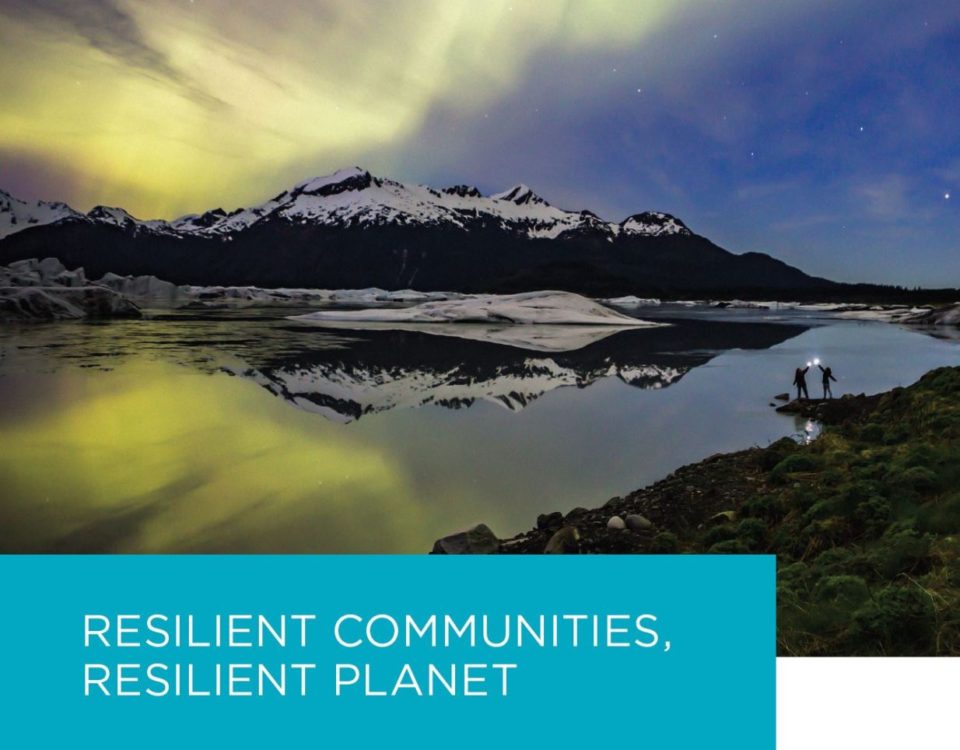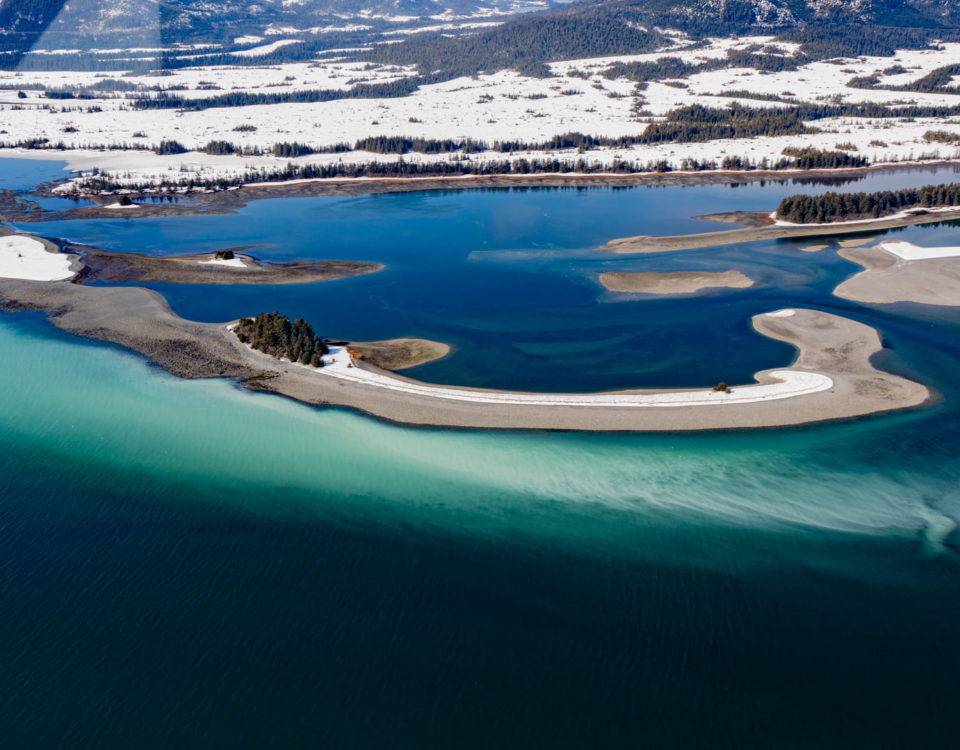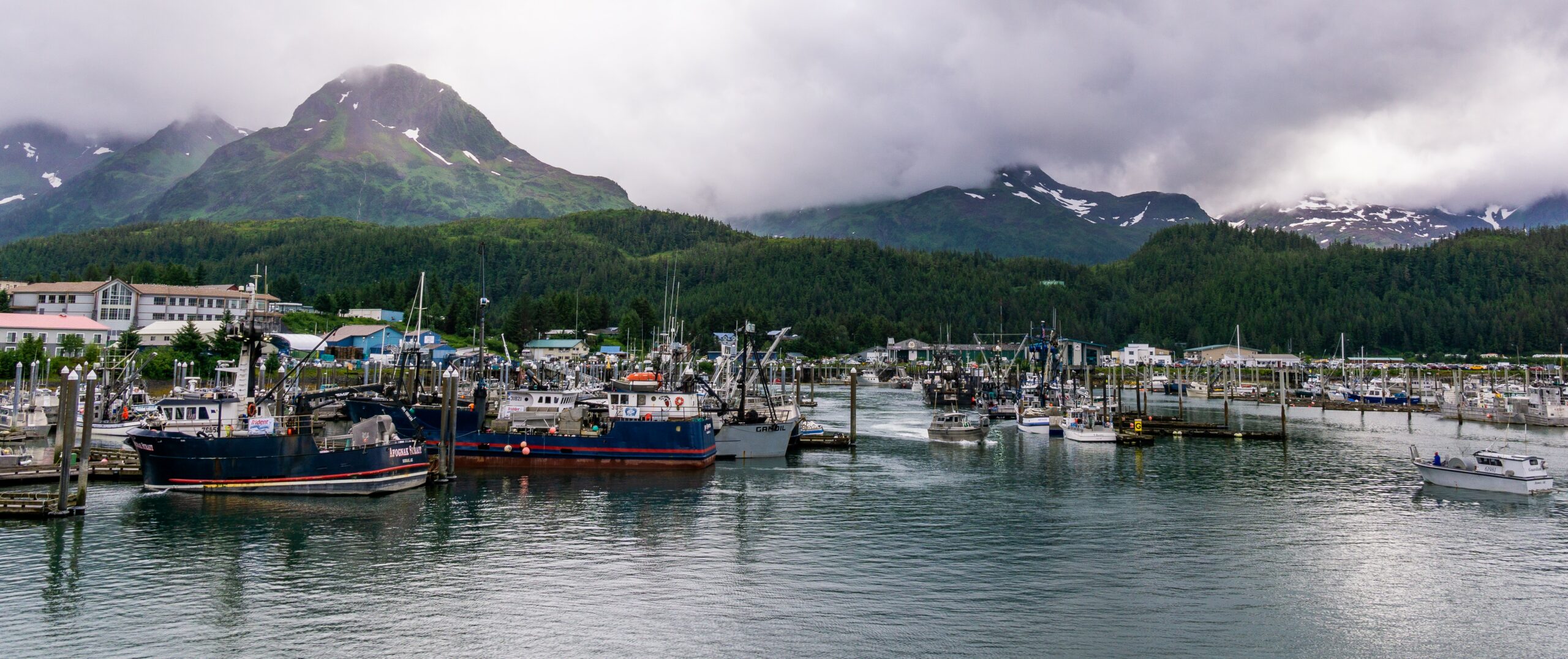
PROGRAM
Climate Change in the Gulf of Alaska
The waters overlying the continental shelf and slope of the Gulf of Alaska are some of the most productive in the world, and they are home to some of the United States’ most important commercial and recreational fisheries.
This region and the Copper River drain an area over 7.3 million hectares (about the size of West Virginia), yet the entire region is at risk. Our glaciers are melting at unprecedented rates as a result of global warming. Climate models predict up to a 40 percent increase in glacial river runoff from Alaska rivers by 2050.
The specific changes manifesting in the Copper River watershed and associated marine systems are difficult to predict and monitor. Our new research project, in partnership with NASA and USGS, uses NASA products and a combination of remote sensing and field-based studies to monitor physical, biogeochemical (dissolved and gaseous) and biological changes.
Coastal waters of the Gulf of Alaska serve as important breeding, nursery and forage habitats for many valuable species such as salmon, cod, herring, Pacific halibut, sablefish, walleye pollock, shrimp and crab. The ecosystem and world-renowned fisheries in the vicinity of the Copper River thrive, in part, due to an abundant supply of nutrients. For example, the Copper River watershed supports all five species of Pacific salmon, and each year several million salmon return to spawn. Yet, these nutrients are shifting due to climate change.
The commercial fishery based on those salmon is valued in excess of $25 million. However, the watershed-to-ocean system is poorly understood, especially the linkages between changing glaciers, shifting vegetation patterns, associated changes in biogeochemical cycles, and the linkages between land-aquatic and marine components.
The primary aim of our research is to link remotely sensed data to ocean and ground-based process measurements to quantify the nature of these linkages, so that future changes can be detected and referenced to contemporary conditions.


